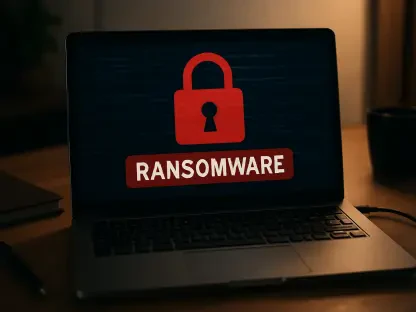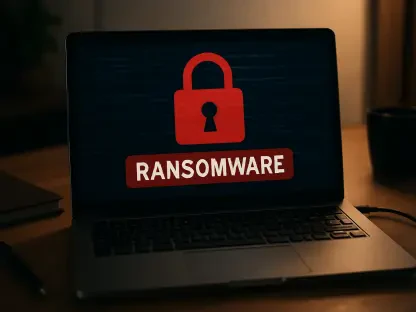Mobile Threat Defense (MTD), Mobile Threat Management (MTM), Mobile Threat Prevention (MTP)—regardless of the exact terminology, these all lead to the same concern: securing mobile devices.
The highly digital world we live in has fundamentally changed the way we work. Mobile devices are now at the center of everything we do—personal and professional—with an average of 5 hours a day spent on them. In other words, employees are now more mobile, flexible, and always connected.
With this in mind and the continuous growth of mobile threats, malware, and vulnerabilities, Mobile Threat Defense solutions are a must-have for every enterprise that wants to be secure.
The mobile threats you need to protect against
When searching for a defense solution, you must consider a wide range of attacks designed specifically for mobile. These are hacker attempts to compromise your devices for financial gain or to obtain sensitive business or personal data.
1. Malware
Malware is one of the hottest topics in mobile security and has become widely known over the last few years, being a global fear-inducing security concern. While desktops and laptops tend to have the highest level of protection against malware, the same thing can’t be said about mobile devices which are more susceptible to malware.
There are different infection vectors or tactics that cybercriminals use to infect the maximum number of devices possible, including:
- Infected applications: Hackers frequently take advantage of compromised applications to transfer malware to users’ devices. They also use third-party app stores to post apps that have security deficits and make them available to end users.
- Scams: The practice is to redirect users to a malicious webpage (usually disguised to look legitimate) or directly send them on an infected page through an email or a message. The code within these pages automatically triggers malicious software download, fooling innocent users.
- Malvertising: Hackers use this practice to insert malware into legitimate online ad networks in order to target a broad spectrum of end users. The ads appear perfectly normal, but once a user clicks on it, his device is immediately infected with the malware.
- Direct to device: This is a more difficult method used by cybercriminals, as they would have to actually touch a device in order to install the malware.
2. Phishing
Mobile phishing is the number one threat that affects organizations worldwide. It is a simple yet effective attack technique that provides hackers with a wealth of personal and corporate information.
The attack begins with a form of communication with a victim through an in-app inbox. The message or email encourages clicking on an enticing call to action that, without the user’s knowledge, centers on extracting data from the device in use or installing malicious software that can inflict damage.
Mobile defense solutions can intercept when a user navigates to a known mobile phishing page and blocks access to phishing links when the victim attempts to access it.
3. Network Attacks
These are the dangers of Wi-Fi. People tend to favor Wi-Fi over mobile networks since it has better speed and doesn’t tax their data plan. However, by connecting your device to Wi-Fi networks, you’re opening yourself to a number of inherent risks.
The layers of Wi-Fi risk are varied:
- Digital exhaust: When an attacker picks up the trace left by your mobile device as it connects to different hotspots.
- Wi-Fi snooping: When an attacker eavesdrops on your online activity in a moment when you’re both using the same network.
- Network layer attacks: When an attacker tampers with the signal of the local network.
The capabilities you should look for in an MTD solution:
Accuracy: A mobile threat solution should be able to perform static and dynamic analysis to precisely identify actions performed on mobile devices, In order to detect and prevent zero-day attacks.
Compliance: It is essential to look for a solution that enforces regulations’ compliance and ensures strong corporate and personal data privacy
Flexibility: One of the most important selection criteria for organizations—an MTD system should be autonomous and adaptable to all environments and integrations.
Customization: An MTD solution must allow full policy personalization to precisely protect important business data.
Mobile Threats Data: It’s important to know the mobile threat landscape surrounding a mobile fleet—for this reason, a mobile defense solution should provide details about what it detects and blocks.
The signs are clear: mobile threats can no longer be ignored. Thus, you must familiarize yourself with mobile threat defense solutions and integrate them into your processes so you can tackle the attack of mobile threats and close the ongoing security gap.









